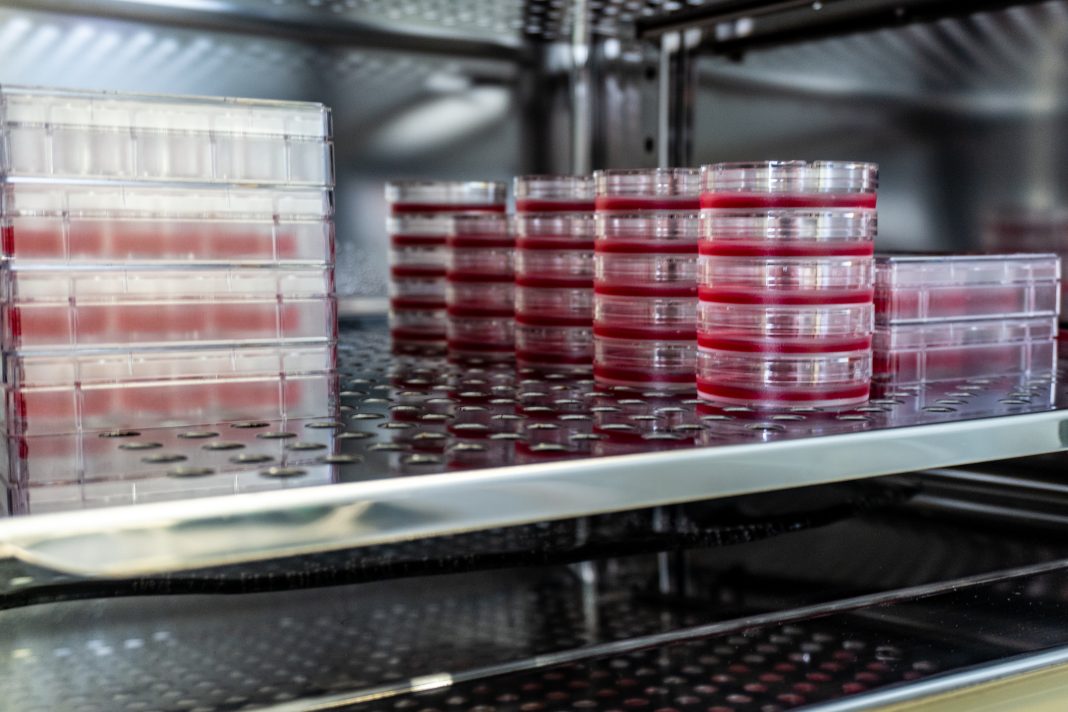A British-based cell therapy company is using smart operations to streamline its viral vector processing. According to Paul S. Carter, senior director, manufacturing science and technology (MSAT), at Quell Therapeutics, the company is using clever planning to work more efficiently, without incurring large costs.
“The discussions we’ve been having within the small team I lead is how to generate as much value as possible, without growing too large or buying huge amounts of expensive equipment,” he explains.
Carter shared his expertise at a roundtable during the Terrapinn conference on Advanced Therapies held earlier this year. Among the techniques the team has been using is parallel working, rather than doing a single process at a time.
“If you plan your work, you can do multiple things without increased effort and, once you reach the limit of your facilities, then you can decide what to do in the lab to overcome that blockage,” he says.
Another technique is to use Design of Experiment (DOE) methodologies to explore the interactions between many factors in a single experiment.
Furthermore, the company has also thought carefully about what to measure, and is performing analytics at each stage in its manufacturing process—something that proved helpful when asked a difficult question by a regulator during its recent LIBERATE clinic trial, Carter says.
“We have three components in our transgene and a regulator came back wanting us to prove we had expression of all three components in a single cell,” he explains. “That was a difficult question to answer but, because we measure as we go, we were able to explain what was going on because we’d taken the approach of understanding what was going on while we were screening our constructs.”
Carter, who has thirty years’ experience working in senior management at GlaxoSmithKline, believes this has helped him take a strategic approach to his work at Quell.
“Sometimes [at a startup], you’ll get one or two people who go chasing off [into manufacturing] without thinking about which processes are needed,” he points out. “By spending 5–10% more time in rigorous planning, you can gain more than that back in efficiency gains.”
One example is the company can run three assays off a single cell culture, saving them culturing the same cells three times. “It just saves us a huge amount of time,” he adds.


